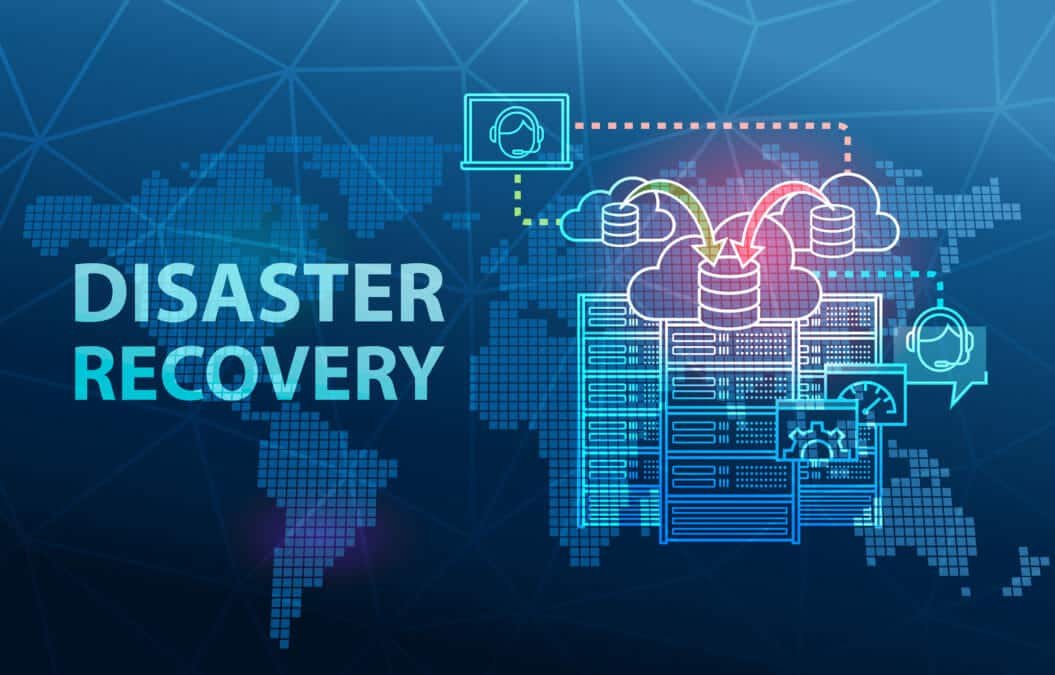What is disaster recovery?
What is Disaster Recovery?
What is Disaster recovery? Refers to an organization’s strategic approach to restoring critical operations after disruptive events. These events range from cyberattacks and equipment failures to natural disasters and human errors. A robust plan ensures business continuity by minimizing downtime and data loss. Companies implementing frameworks protect their operations, reputation, and bottom line. Global Standards helps organizations develop comprehensive strategies while guiding them toward relevant ISO certifications like ISO 22301 for business continuity management.
Key Components of Disaster Recovery
What is Disaster recovery? Effective plans incorporate several essential elements:
1. Risk Assessment
-
Identifies potential threats to operations
-
Evaluates impact on critical functions
-
Prioritizes systems and processes for recovery
2. Recovery Time Objectives (RTO)
-
Defines maximum acceptable downtime
-
Establishes system restoration timelines
-
Aligns with business operational needs
3. Recovery Point Objectives (RPO)
-
Determines acceptable data loss thresholds
-
Guides backup frequency strategies
-
Ensures data integrity post-recovery
4. Backup Solutions
-
Implements secure data storage systems
-
Maintains off-site or cloud-based copies
-
Tests backup integrity regularly
5. Response Procedures
-
Documents step-by-step recovery processes
-
Assigns roles and responsibilities
-
Establishes communication protocols
Types of Disasters Addressed
Disaster recovery plans prepare organizations for various scenarios:
1. Technological Disruptions
-
Server failures
-
Network outages
-
Data corruption incidents
2. Cybersecurity Incidents
-
Ransomware attacks
-
Data breaches
-
Malware infections
3. Physical Disasters
-
Floods, earthquakes, or fires
-
Power grid failures
-
Infrastructure damage
4. Human-Caused Events
-
Accidental data deletion
-
Sabotage or insider threats
-
Operational errors
Disaster Recovery vs. Business Continuity
While related, these concepts serve distinct purposes:
-
Disaster recovery focuses on restoring IT infrastructure and operations after disruption
-
Business continuity maintains essential functions during and after crises
-
Effective organizations implement both strategies in tandem
Global Standards helps businesses align with broader business continuity frameworks for comprehensive protection.
Benefits of Disaster Recovery Planning
Organizations with mature disaster recovery capabilities gain:
1. Operational Resilience
-
Faster restoration of critical systems
-
Minimized productivity losses
2. Financial Protection
-
Reduced revenue impact during outages
-
Lower insurance premiums
3. Regulatory Compliance
-
Meets data protection requirements
-
Satisfies industry-specific mandates
4. Reputation Management
-
Maintains customer trust
-
Demonstrates operational reliability
ISO Standards for Disaster Recovery
Several ISO standards guide disaster recovery implementation:
1. ISO 22301 (Business Continuity)
-
Provides framework for disruption preparedness
-
Aligns recovery with organizational priorities
2. ISO 27031 (ICT Readiness)
-
Focuses on IT system resilience
-
Guides technology recovery strategies
3. ISO 24762 (IT Disaster Recovery)
-
Specifies controls for recovery services
-
Covers backup and restoration processes
Global Standards assists organizations in achieving these certifications while tailoring solutions to specific operational needs.
Developing a Disaster Recovery Plan
Organizations build effective plans through these steps:
-
Business Impact Analysis
-
Identifies mission-critical functions
-
Quantifies potential disruption costs
-
Solution Design
-
Selects appropriate technologies
-
Establishes recovery site options
-
Implementation
-
Deploys backup systems
-
Configures failover mechanisms
-
Testing
-
Conducts simulated recoveries
-
Validates procedure effectiveness
-
Maintenance
-
Updates plans regularly
-
Trains new personnel
Common Implementation Challenges
Businesses often face these obstacles:
-
Underestimating recovery time requirements
-
Failing to test plans adequately
-
Neglecting to update procedures
-
Overlooking third-party dependencies
-
Insufficient staff training
Global Standards helps organizations anticipate and overcome these challenges through proven methodologies.
Technology Solutions
Modern disaster recovery leverages several technologies:
1. Cloud-Based Recovery</h3>
-
Enables rapid system restoration
-
Reduces physical infrastructure needs
2. Virtualization
-
Allows quick server failover
-
Minimizes hardware dependencies
3. Automated Backup
-
Ensures consistent data protection
-
Reduces human error potential
4. Monitoring Tools
-
Detects issues proactively
-
Triggers recovery protocols
Measuring Disaster Recovery Effectiveness
Organizations track key metrics:
-
Recovery time versus objectives
-
Data loss amounts
-
Test success rates
-
Incident resolution speed
Industry-Specific Considerations
Different sectors require tailored approaches:
1. Healthcare
-
Prioritizes patient data availability
-
Meets strict compliance requirements
2. Finance
-
Focuses on transaction integrity
-
Maintains audit trails
3. Manufacturing
-
Protects production systems
-
Safeguards supply chain data
Global Standards develops sector-specific solutions that address unique operational needs.</p>
Future Tre
Emerging developments include:
-
AI-driven failure prediction
-
Blockchain-based data verification
-
Edge computing for localized recovery
-
Cyber recovery as a service
Getting Started with Disaster Recovery
Organizations can begin by:
- rt=”1″>
-
Conducting a risk assessment
-
Identifying critical assets
-
Setting recovery objectives
-
Selecting appropriate solutions
Global Standards offers readiness assessments and implementation roadmaps to streamline this process.
Represents a critical component of organizational resilience, ensuring business operations withstand and recover from disruptions. Companies investing in comprehensive frameworks protect their assets, maintain customer trust, and ensure regulatory compliance. Organizations seeking expert guidance in developing and certifying their capabilities can partner with Global Standards for tailored solutions aligned with international best practices.









No Comments